When end users experience vibration discomfort, they may inadvertently apply more force or switch to a harder mode—actions that can contribute to tooth loosening, especially when paired with overly stiff brush hardness. In this article, we explore six key considerations for B2B manufacturers to ensure vibration remains therapeutic, not detrimental.
First, it’s crucial to recognize the thresholds where stimulation becomes excessive:
By defining safe amplitude bands, you prevent users from unknowingly exceeding biological tolerance.
Next, we examine how repeated micro-oscillations translate into structural stress:
Understanding these pathways informs both hardware and usage‐pattern design to minimize risk.Company web: https://www.powsmart.com/product/electric-toothbrush/
Moreover, the stiffness of bristles greatly influences force transfer:
Recommendation: Pair softer brush heads with higher-frequency modes, and reserve harder bristles for low-frequency, short-duration treatments.
.jpg)
To prevent overexposure, incorporate intelligent mode management:
These adaptive controls address both vibration discomfort and long-term tissue health.
In addition to motor control, hardware choices play a pivotal role:
A holistic mechanical design mitigates vibration spikes at the source.
Finally, empower channels and end users with clear guidance and validation:
Comprehensive education and data-backed assurances build trust and prevent inadvertent overuse.
Conclusion
While electric toothbrushes deliver exceptional cleaning, unchecked vibration—especially in combination with hard bristles—can risk tooth loosening and vibration discomfort. By calibrating amplitude, balancing brush hardness, employing adaptive controls, and reinforcing user education, B2B manufacturers can ensure devices remain both powerful and safe. Contact us to learn how our platform solutions can safeguard periodontal health while maximizing cleaning performance.

Why Do Pediatric Warnings Address Bleach Residuals?

Comparison of Performance & Price of Different Motors for Water Pumps for Dental Flossers

Does a Water Flosser Require Regular Maintenance? How Should It Be Cleaned?
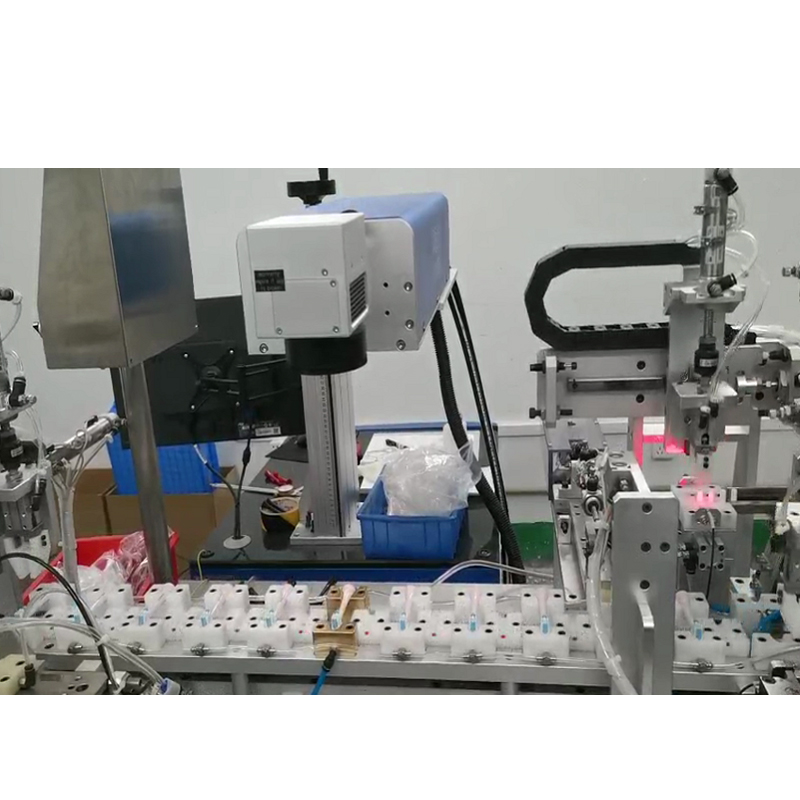
How Can Gradient Color Injection Molding Technology Improve the Attractiveness of Electric Toothbrushes?
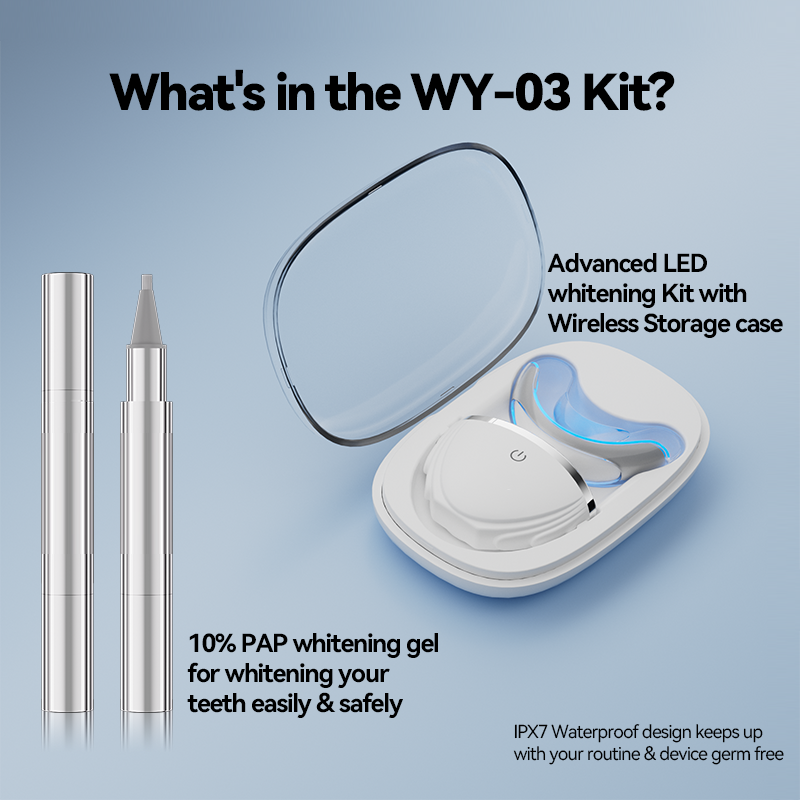
EU vs. US Whitening Gel Regulations for Global Brands
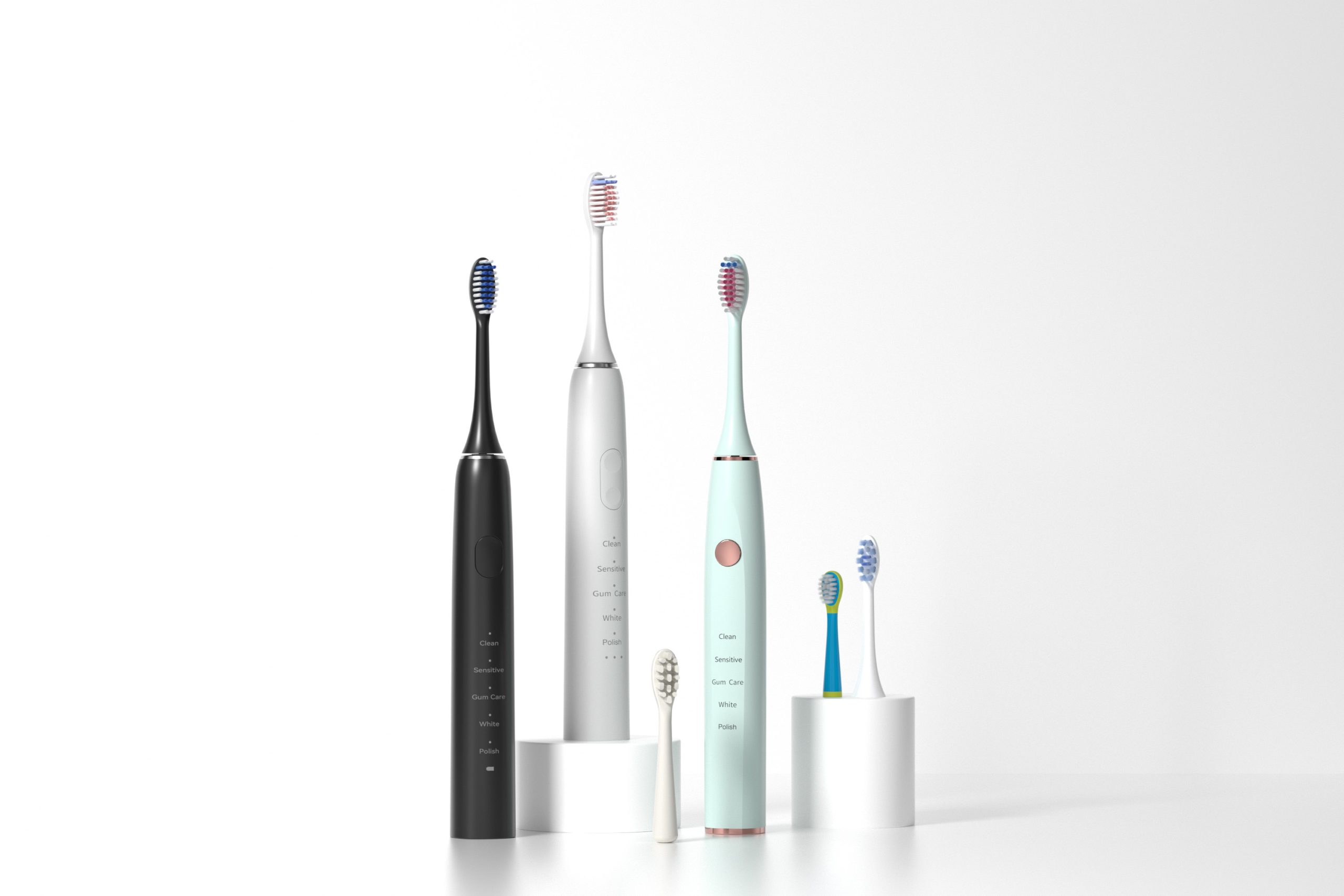
How a Seattle sustainable toothbrush meets the Seattle tech toothbrush
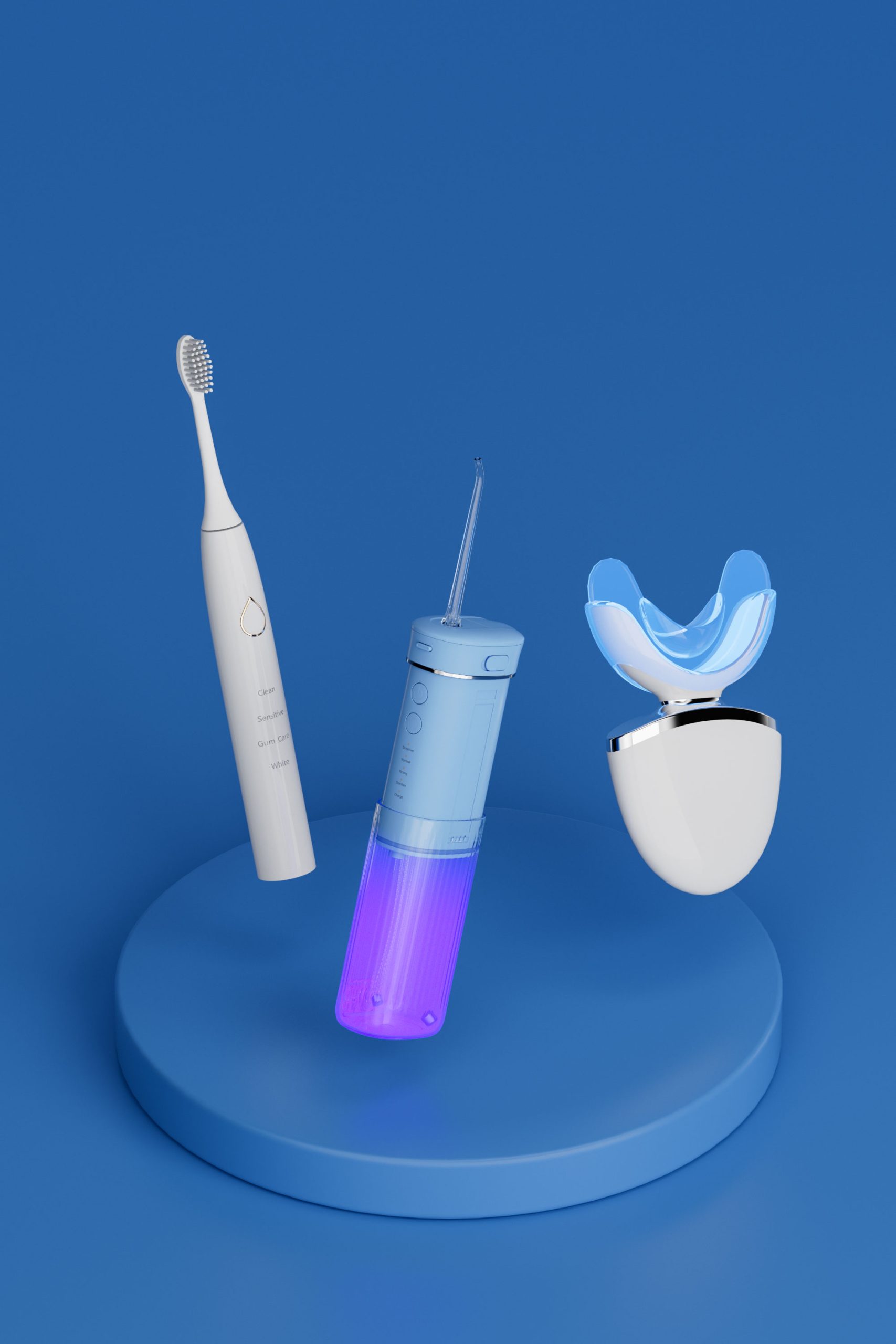
Benefits of Red & Blue Light Technology in Professional Teeth Whitening Kits
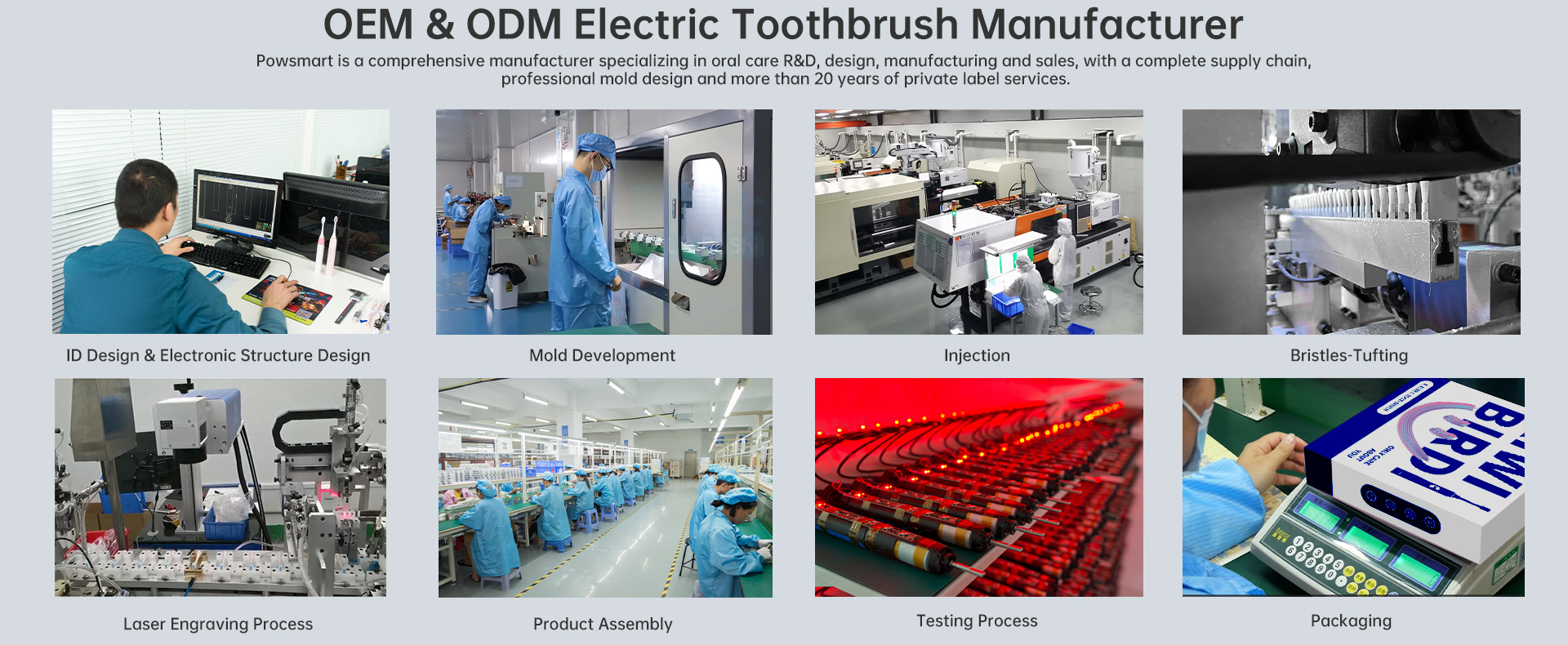
Motor Lifespan Matters! Importance of Premium Electric Toothbrush Durability
How to Handle Temperature Spikes and Handle Slippage?
Does Your Brush Fight Plaque Smartly?
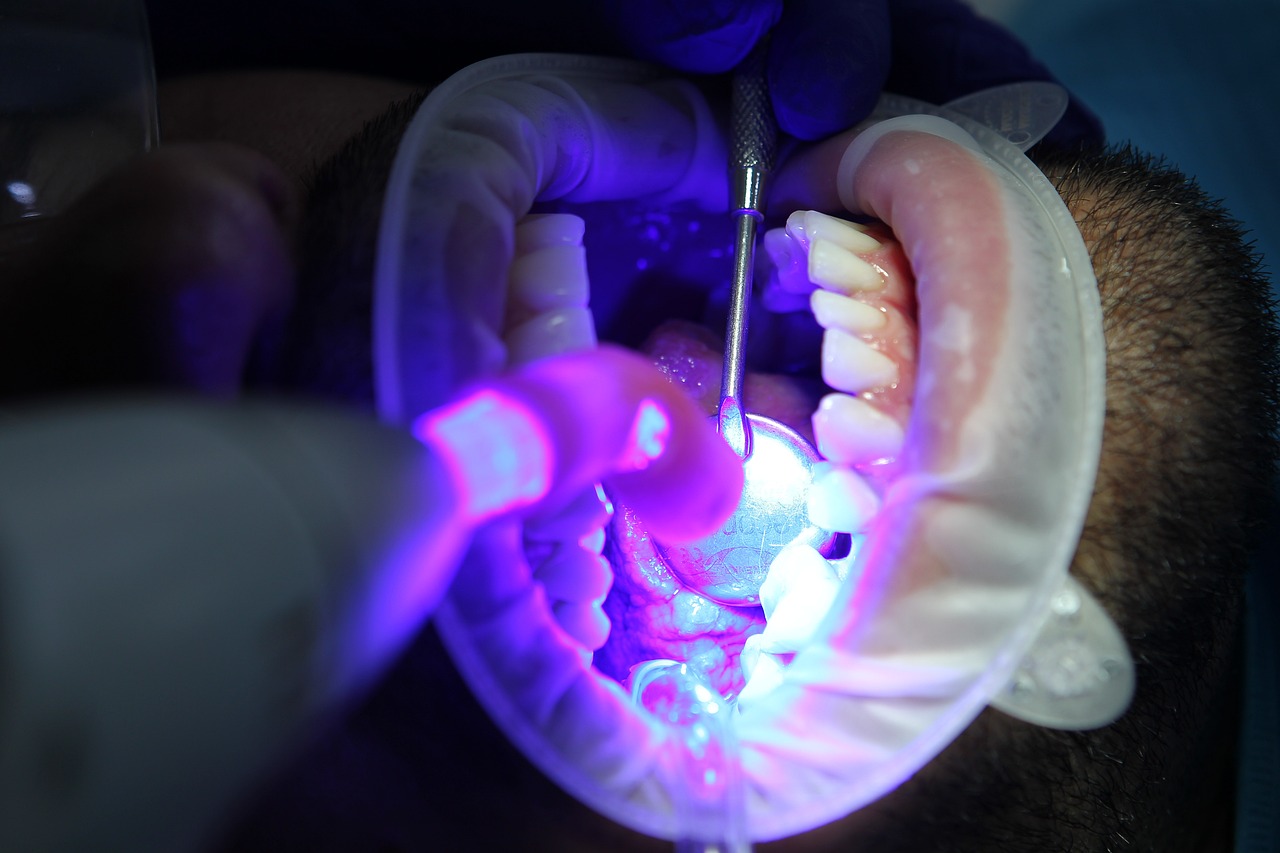
How to Start a Teeth Whitening Business
Why Do App Connectivity Loss and Battery Swelling Coexist?

Electric Toothbrush OEM Must-Know Question: How Much Money Can the Existing Mold Library Save?
Luxury Gold Plated Electric Toothbrush Wedding Gift Surat

Preventing Mold in Water Flosser Tanks: Silver Ion vs. UV Sterilization
Can Improper Frequency Settings Affect Cleaning Efficiency and Gum Health?

electric toothbrush heads Deep Clean
.jpg)
Florida Electric Toothbrush – Powsmart PTR-C8

Private Label Whitening Gel

electric toothbrush heads Ultra Soft

Customization Teeth Whitening Gel

electric toothbrush heads Charcoal Infuse-Round

electric toothbrush heads Regular Clean

Electric toothbrush heads Charcoal Infused-Diamond
whstapp
whstapp
National Toll-Free Service Hotline
+86 755 86238638